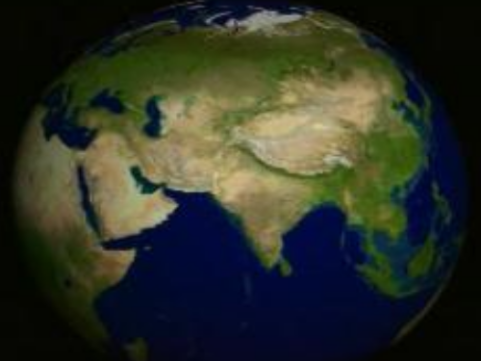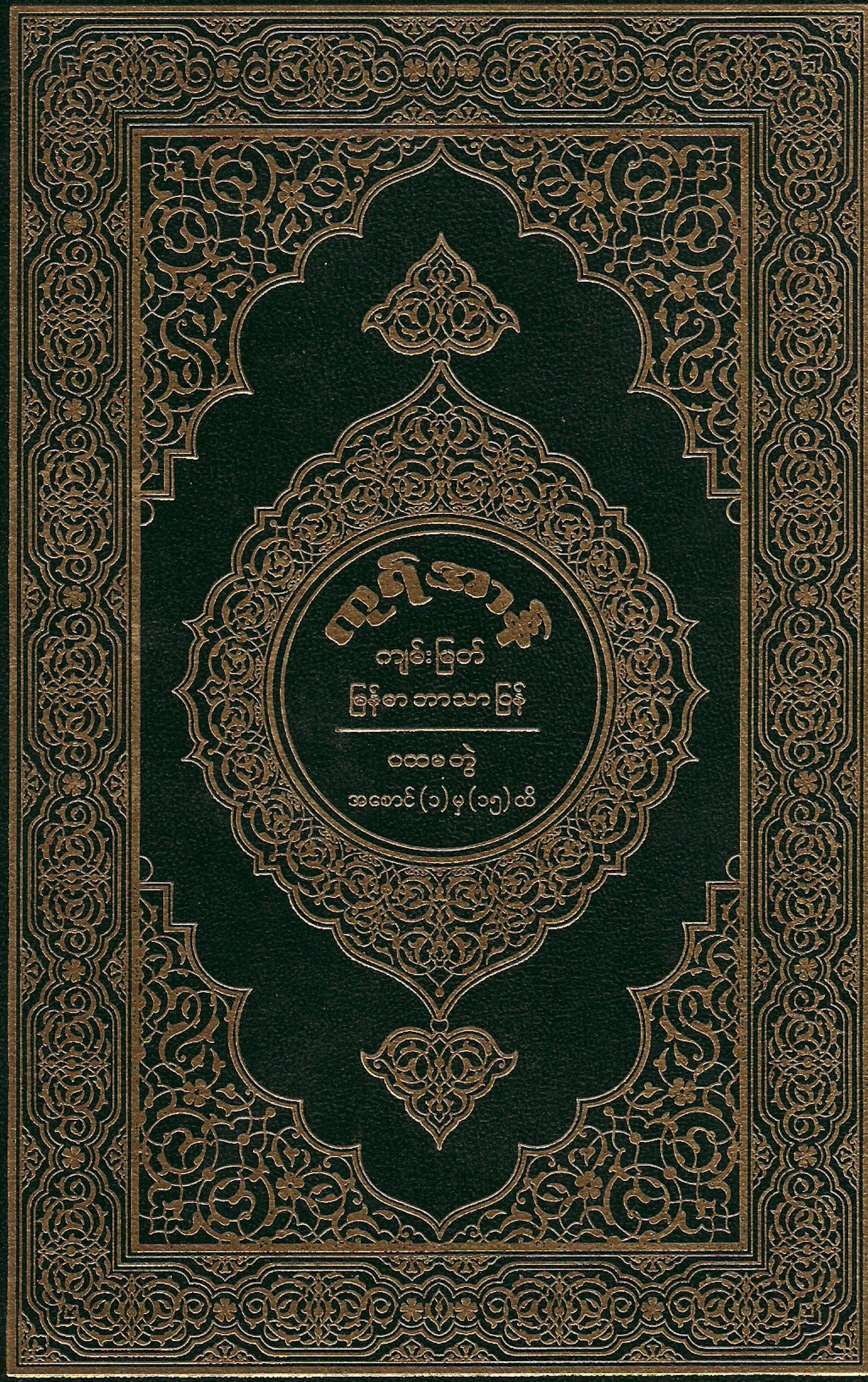By ANDREW MARSHALL/from:TIME
When I recall reporting Burma’s doomed pro-democracy uprising for TIME in September 2007, one image stands out. Amid cheering crowds, a monk holds aloft an upturned alms bowl to indicate his brethren’s refusal to accept offerings from the military. It’s a powerful gesture in a devout Buddhist country, but what strikes me is not the monk but the ordinary Burmese holding aloft cell phones and cameras to record his protest. Images like these were then transmitted out of Burma via the Internet, where they were picked up by major broadcasters and shown to the world.
Filed under: Burma | Tagged: Andrew Marshall, Burma |












+(Small).jpg)


Andrew is all wrong about the number of reenactments – they are a lot fewer than 50 % and it proves that he is not able to see the difference , which also is irellevant unless you believe you are watching hard news reportage. He is also wrong that reeactments is something a documentary cannot use. All docs do that. And in Burma VJ every person on screen and every set has been checked and approved by the DVB video reporters working with the crew, which is more “reality check” than almost any other documentary film can say they have ever had.
Andrew feels manipulated watching Burma VJ! Andrew. Watch any TV programme, news, docs, movies, talk shows, whatever – you get manipulated, thats the whole idea. Dear Andrew, I’m sorry the sheer konowledge about reenacted scenes blocked your ability to enjoy the films emotional dimension. Films communicate emotions better that any other media. Emotions can move the world. But of course it must be true stuff that emotions are based on. The Burma VJ images and sound is totally true to the story and the story is told by the courageous VJs. The images and the sound makes the story more true and communicates to the world audience, the video reporters own emotions during the uprising. After seeing the film, people KNOWS what hapened in a quite deep sense.
Ready to submit